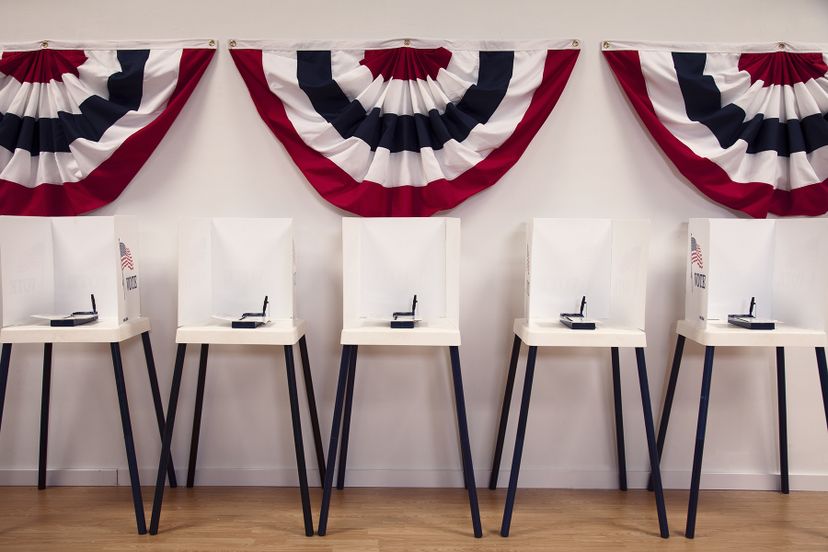
About This Quiz
Presidential candidates spend millions of dollars on ads, trade inflammatory jabs on live television and crisscross the country many times over on their quest for votes. But beyond pulling a lever, punching a card or pressing a button, do you really know how the country's electoral system works?The Electoral College system, as described in Article II, section 1 of the U.S. Constitution, allows people to vote for electors, who then cast their votes for the candidates.
The amount of each state's electors is determined by the number of its U.S. senators plus the number of its U.S. representatives. There are currently 538 electors, including the three who represent Washington, D.C.
Russia has a direct voting system where the majority of popular votes wins the election.
Advertisement
Although they vote on the Tuesday following the first Monday in November, U.S. citizens don't always find out the winner of the election until the president of the Senate reads the electoral votes on Jan. 6.
According to the 12th Amendment, the House of Representatives decides the winner of a presidential election in cases where neither candidate receives a majority of the votes. Only two elections have been decided this way.
Candidates need to receive 270 of the 538 electoral votes to declare victory. In the 2000 election, George W. Bush won the election by a single electoral vote.
Advertisement
In a primary election, voters select who will go into the general election to represent their respective political parties.
Closed primaries only allow voters affiliated with a given party to vote for their chosen candidate within that party; open primaries allow voters to choose either party, regardless of their affiliation.
Swing states, also known as purple states or battleground states, are states where the popular vote is usually close and the outcome is up for grabs.
Advertisement
In 2006, about 170 million people were registered to vote in the United States. That's a little more than half of the country's population of roughly 305 million people.